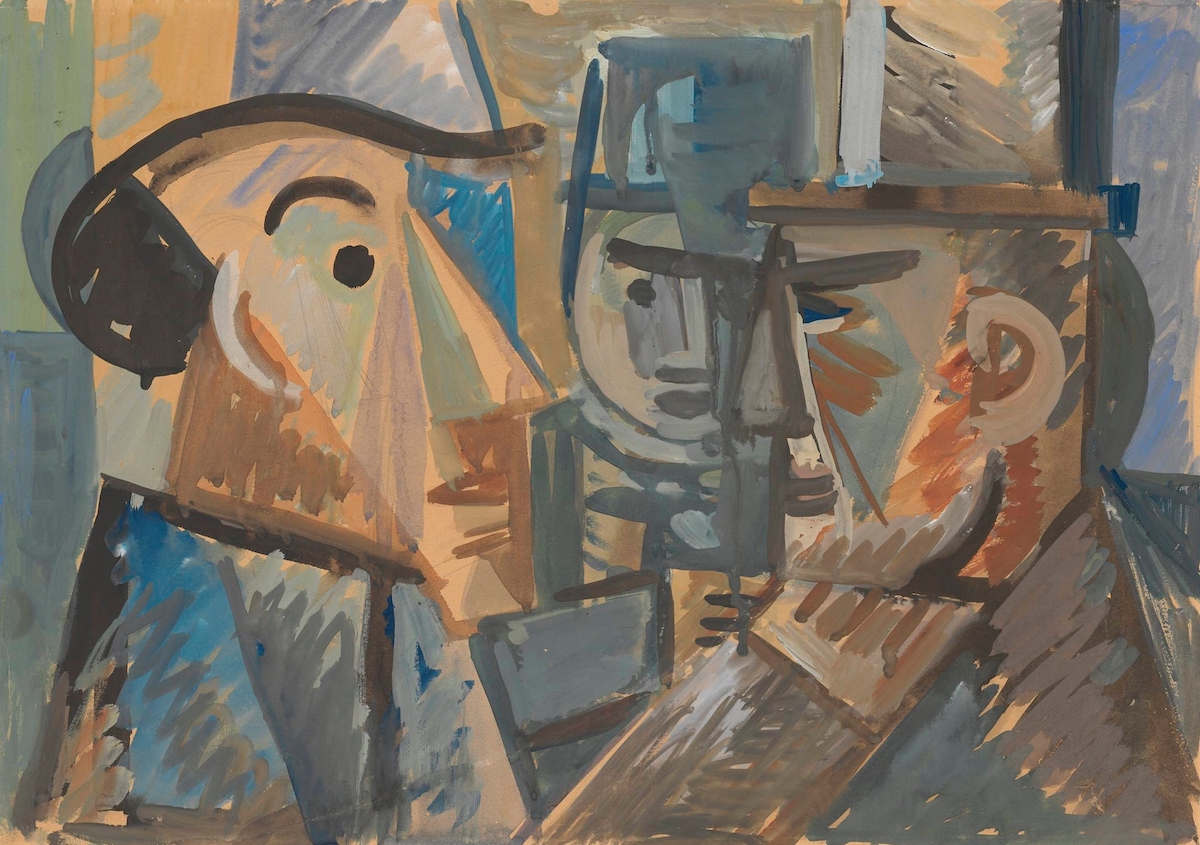A version of this post first appeared in my newsletter. Subscribe to receive posts like this in your inbox every other Sunday.
The shift to hybrid and remote work didn’t just change where we work but how. While we used email and chat in the before times, and many of us still meet over Zoom, writing well is more important now than ever.
“Writing well” means getting your point across clearly and succinctly. The two are related: the more words you add, the more likely you are to muddle things. Conversely, muddled ideas are hard to convey succinctly.
Writing is thinking. The blinking cursor nudges you to add and subtract words. As you do, meaning shifts. You look at the phrase and wonder, “Is this really what I mean? What if I change this word?…” Your vague ideas become more concrete as you go.
Communicating with words requires considering ideas from other vantage points. You must frame ideas in 1) terms colleagues understand and 2) are appropriate to the medium. Chat is different than email. Written words also have a different legal standing. All of this changes how you think when communicating in writing.
While I haven’t seen stats, I suspect text is a more prominent communication medium post-pandemic. We are now doing it all the time. This might explain ChatGPT’s popularity: after years of interacting with each other via chatrooms, a chat-based front end to AI feels natural.
Conversational UIs present challenges and opportunities. Both result from the interface’s open-ended nature: natural language can convey anything but has poor discoverability. You only grok the domain’s bounds by conversing with the system.
There’s a famous scene in BLADE RUNNER where Deckard explores a photograph by saying things like “enhance 203 to 608.” While meant to seem futuristic, I always thought using a mouse would be easier. The device’s UI seems obscure. At some point, Deckard had to internalize a domain model that includes whatever “203 to 608” means. Did he read the manual? Or did he bumble about for hours, seeing how the thing responds to different requests?
If the system does more than zoom around in photos, he probably bumbled about. There’s no manual for open-ended conversational systems, only lists of sample prompts and likely outputs.
While they might look like regular conversations, interactions with systems like ChatGPT are a small subset of human conversations. You don’t ask ChatGPT about its vacation or wish it a Happy Mother’s Day. Instead, you ask it to do stuff, like Deckard’s machine. But first, you must grok its affordances — which you do by conversing.
As always, writing clarifies ideas — and not just because your interlocutor (human or otherwise) might respond with something intelligent. The mere act of framing thoughts in writing so others can respond will take you a long way — and it matters now more than ever.
